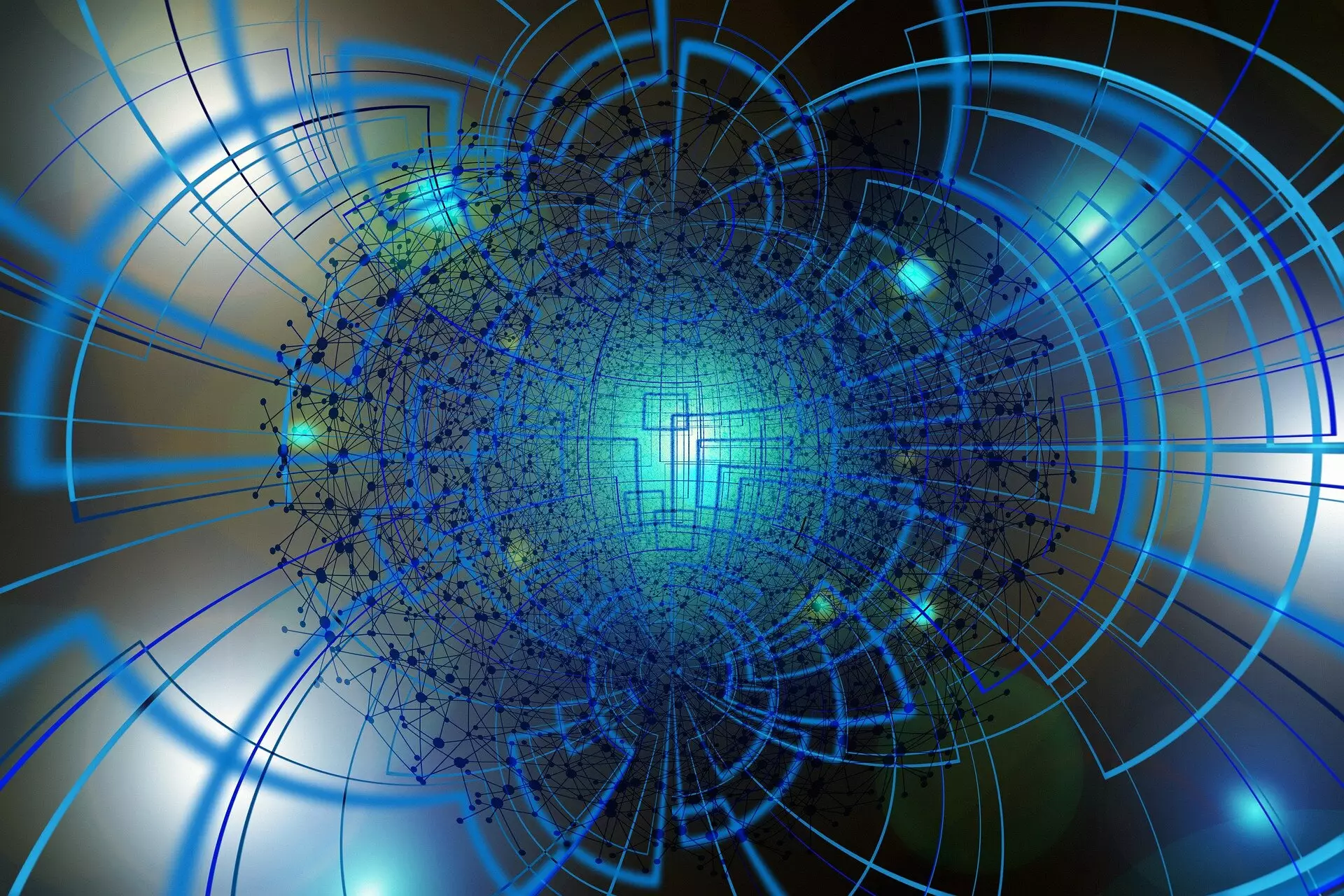Quantum entanglement remains one of the most fascinating yet perplexing phenomena in the realm of quantum mechanics. Defined as a state where the characteristics of two or more particles become interconnected in such a way that the state of one particles instantly influences the state of the other, regardless of the distance between them, entanglement challenges our classical intuitions about the nature of reality. This phenomenon, often exemplified with the analogy of two entangled electrons whose spins are correlated, leads to a peculiar outcome where measuring one electron’s spin determines the spin of its counterpart instantaneously. This aspect of entanglement is central to the ongoing development of quantum technologies, including quantum computing and secure communication systems, where maximizing entanglement is key to performance.
The journey to understanding quantum entanglement can be traced back to a historic debate between luminaries Albert Einstein and Niels Bohr. Einstein’s skepticism about entanglement, famously dubbing it “spooky action at a distance,” served as the catalyst for deeper exploration into the quantum realm. This discussion eventually led to the formulation of Bell’s inequalities, a groundbreaking result that established a clear boundary between classical physics and quantum mechanics by demonstrating that certain predictions of quantum mechanics could not be replicated by classical theories. As a consequence, entanglement emerged as a cornerstone of modern quantum theory, posing philosophical questions about the nature of reality and existence itself.
Despite the promising potential of quantum entanglement, real-world applications face a significant obstacle: noise. Quantum systems are not isolated and are typically subject to various types of disturbances, including thermal fluctuations and electromagnetic interference that can corrupt the delicate states of entangled particles. This leads to a pivotal question that has occupied quantum researchers for over two decades: Can maximal entanglement be sustained in the presence of noise? Recent findings from Julio I. de Vicente, a mathematician at Universidad Carlos III de Madrid, assert a sobering conclusion: the answer is no.
De Vicente’s research, published in *Physical Review Letters*, reveals that when noise permeates a quantum system, it becomes impossible to realize a maximally entangled state across all types of entanglement measures. His findings emphasize that the nature and effectiveness of entangled states are profoundly affected by noise levels, thereby complicating the fundamental understanding of entanglement as we have come to know it. He suggests that, in the noisy regime, the characterization of entanglement is not universally applicable, altering how researchers should think about and utilize entangled states in practical applications.
Intriguingly, de Vicente’s work introduces the idea that the preparation of an entangled state is task-dependent. In other words, the ideal entangled state varies according to the specific application it is intended for, especially under noisy conditions. This adds a layer of complexity, revealing that there is no one-size-fits-all solution for achieving maximal entanglement. Instead, researchers must devise strategies tailored to their particular quantum applications, whether in quantum computing, sensing, or secure communication.
An important concept in this research is the “entanglement quantifier,” a tool used to measure the degree of entanglement in relation to specific tasks. These quantifiers, like entanglement entropy, provide insight into the disorder within a system, reflecting the extent of entanglement. However, de Vicente’s results challenge previous assumptions about noisy two-qubit states, which were originally believed to mimic generalized Bell states. His discovery compels the scientific community to reconsider the landscape of entanglement quantification and how various levels of noise influence these metrics.
The implications of de Vicente’s research stretch beyond academic curiosity; they resonate throughout the field of quantum technologies, urging scientists and engineers to rethink their approach to harnessing entanglement amid noise. As quantum applications become increasingly central to advancements in information technology and secure communications, understanding and mitigating the effects of noise on entangled states will be crucial. The journey into the complexities of quantum entanglement is ongoing, and while challenges abound, breakthroughs in this field continue to illuminate the pathways toward a deeper understanding of the quantum universe, driving innovation that could redefine technology as we know it. The nuanced picture of entanglement shaped by noise complicates our understanding but also opens avenues for future exploration and refinement in quantum methods.

